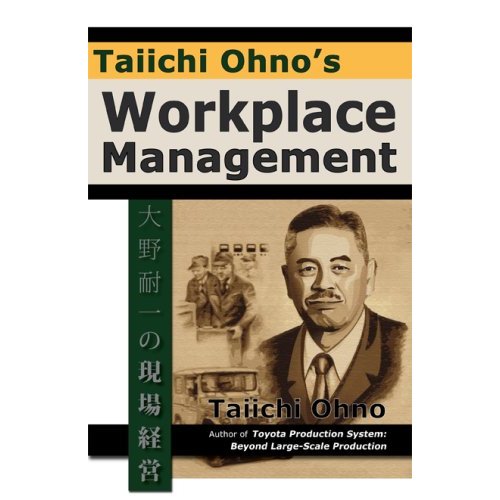|

This book and its translation provide the reader a wonderful opportunity to learn directly from the master architect
of the Toyota Production System. One is able to hear, in his own words, the principles that have evolved into the most successful
management method ever developed. Today, these lessons are being applied in many industries including health care in addition
to their long term application in manufacturing. This book enables the reader to get inside Taiichi Ohno's thinking as he
makes concepts such as Kanban, The Supermarket System and Just in Time come alive in ways that can be easily understood. This
book will help me, as a senior executive in health care, better implement our management method, the Virginia Mason Production
System. - --Gary S. Kaplan, MD, Chairman and CEO, Virginia Mason Medical Center
This book brings to us Taiichi Ohno's
philosophy of workplace management the thinking behind the Toyota Production System. I personally get a thrill down my spine
to read these thoughts in Ohno's own words. My favorite part is his discussion of the misconceptions hidden within common
sense and how management needs a revolution of awareness. - --Dr. Jeffrey Liker, Director , Japan Technology Management Program,
University of Michigan and Author "The Toyota Way"
|
|
xii In a word, the Toyota Production System is to "produce what you need, only as much as you need, when
you need."
p.35 I often tell supervisors to train their eyes to see the difference between motion without the
human element and actual work. Some call this being able to see waste, or asking "How do these motions relate to
doing work?"
p.61 When I was a child I was often scolded for being contrary because I would always look at things
from not just one viewpoint but from several viewpoints, questioning things from various angles.
p.100 The idea is to think of even better methods of using the existing equipment, but
equipment is also advancing rapidly these days. There are times when new machines are installed, and when this happens, you
must think of even better methods for using those machines.
|
 |
|
|
 |
|
|
 |
|
|
|

